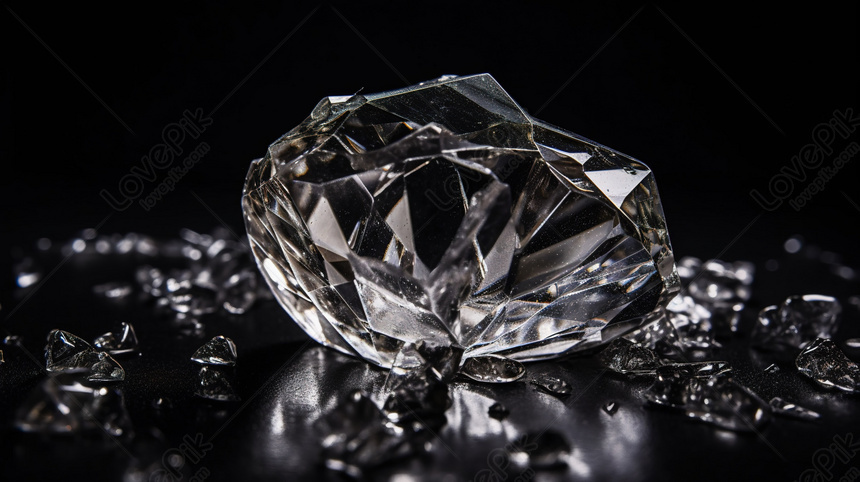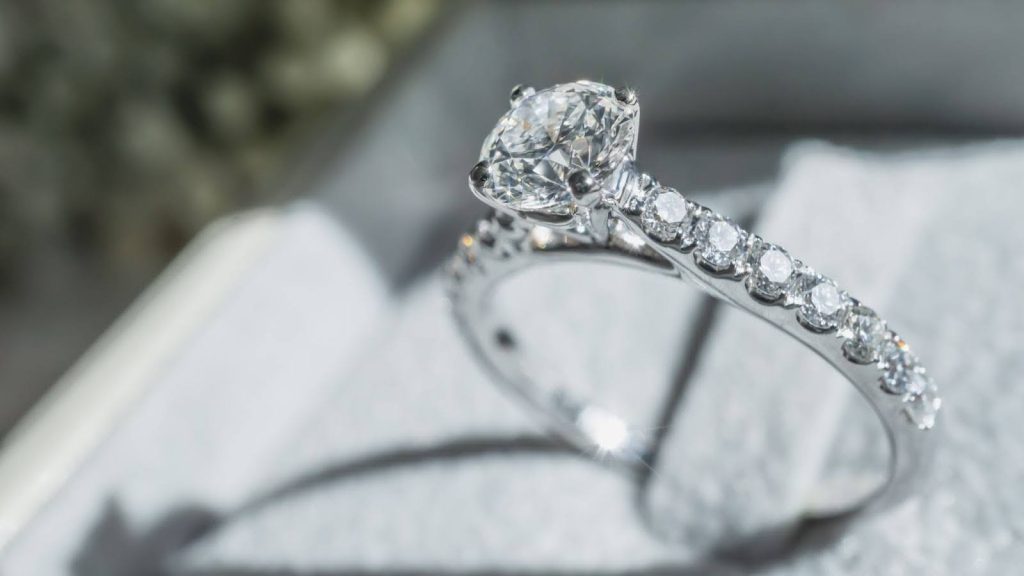In recent years, the investment potential of natural diamonds has been increasingly questioned. While diamonds have long been regarded as valuable commodities, the idea that they are a sound investment is becoming more contentious. The question arises: is a natural diamond a bad investment? In this article, we will explore the various reasons why natural diamonds may not be the best option for those looking to make a profitable long-term investment.
Table of Contents
ToggleThe Illusion of Diamond Rarity and Value
One of the key reasons why a natural diamond may be considered a bad investment is the perceived rarity and value associated with these stones. For many years, diamonds were marketed as rare, precious gems, but this notion has been heavily influenced by the diamond industry itself. Companies like De Beers have spent billions on advertising and controlling diamond supply to create the illusion of scarcity.
However, in reality, diamonds are not as rare as once believed. There are vast reserves of diamonds waiting to be mined, and modern mining techniques have made them more accessible than ever. As a result, the value of diamante naturales mala inversion has been decreasing over time. When compared to other commodities like gold or real estate, which tend to appreciate in value due to supply and demand dynamics, natural diamonds are not able to demonstrate the same growth potential, making them a poor investment choice.
Lack of Liquidity in the Diamond Market
Another factor contributing to the idea that natural diamonds are a bad investment is the lack of liquidity in the diamond market. Unlike stocks, bonds, or other investment vehicles, diamonds do not have a widely recognized marketplace where buyers and sellers can quickly trade them. The value of a diamond is subjective and can vary significantly depending on factors such as size, color, clarity, and cut.
When attempting to sell a natural diamond, investors often find themselves facing difficulty in securing a fair price. The absence of a standardized market for diamonds means that it can take a significant amount of time and effort to find a buyer willing to pay a reasonable price. This lack of liquidity makes it challenging to quickly convert a diamond into cash, which is an essential feature for any investment asset.
Depreciation of Diamonds Over Time
One of the most important considerations when evaluating whether a natural diamond is a bad investment is how its value changes over time. While diamonds have traditionally been seen as symbols of wealth and status, the reality is that they depreciate in value once purchased. When you buy a diamond, especially from a jewelry store, you are often paying a premium for the brand, marketing, and retail markup.
The diamond industry has conditioned consumers to believe that diamonds hold their value, but this is far from true. Studies have shown that diamonds lose a significant portion of their value once they are sold. When you attempt to resell a natural diamond, you are unlikely to recover the full amount you initially paid. This depreciation makes diamonds a risky investment, especially for those who are hoping to see a return on their purchase.
The Rise of Lab-Grown Diamonds
The emergence of lab-grown diamonds has further compounded the argument that natural diamonds are a bad investment. These diamonds are chemically and physically identical to their natural counterparts, yet they are typically much more affordable. Lab-grown diamonds are produced in controlled environments, making them less expensive to create than natural diamonds, which require extensive mining processes.
As lab-grown diamonds become more widely accepted and available, their impact on the market for natural diamonds has been significant. The value of natural diamonds has been further diluted by the availability of these synthetic alternatives. For investors, this shift represents a significant risk, as the demand for natural diamonds may continue to decline in favor of more affordable, sustainable, and ethically produced lab-grown diamonds.
Ethical and Environmental Concerns
In addition to the financial aspects of investing in natural diamonds, there are also ethical and environmental concerns to consider. The diamond mining industry has been linked to human rights abuses, including child labor, dangerous working conditions, and exploitation of workers in developing countries. Additionally, diamond mining has a significant environmental impact, as it can lead to deforestation, soil erosion, and the destruction of ecosystems.
With increasing awareness of these issues, many investors are opting to avoid natural diamonds in favor of more ethically and environmentally friendly alternatives. The rise of lab-grown diamonds, which are produced without the ethical and environmental drawbacks of traditional diamond mining, further undermines the appeal of natural diamonds as an investment.
Limited Investment Diversification with Diamonds
When it comes to building a well-rounded investment portfolio, diversification is key. A diversified portfolio includes a range of assets, such as stocks, bonds, real estate, and commodities, to reduce risk and increase the potential for returns. Unfortunately, natural lab grown diamonds do not offer much in the way of diversification, making them a poor choice for investors seeking variety.
Diamonds are a highly specialized asset, and their market is influenced by factors that are not necessarily aligned with broader economic trends. For example, the price of diamonds can be affected by shifts in consumer demand, changes in mining practices, and the introduction of new technologies. As a result, investing in natural diamonds does not offer the same level of diversification as other more traditional investment assets.
The Influence of Consumer Preferences
Finally, the value of natural diamonds is also influenced by changing consumer preferences. In recent years, there has been a shift away from traditional diamond jewelry toward alternative gemstones and engagement ring styles. Many people are now choosing to invest in other precious stones, such as sapphires, rubies, and emeralds, or opting for more modern and personalized designs.
This shift in consumer behavior has led to a decrease in demand for natural diamonds, which, in turn, has put downward pressure on their prices. As the preferences of consumers evolve, it becomes increasingly likely that the value of natural diamonds will continue to decline, making them a poor long-term investment.
Conclusion: Why Natural Diamond Is a Bad Investment
In conclusion, natural diamonds are increasingly being seen as a bad investment for a variety of reasons. From the illusion of rarity and value to the lack of liquidity in the market, diamonds are not able to provide the same return on investment as other assets. Depreciation, the rise of lab-grown diamonds, and ethical concerns further undermine the appeal of natural diamonds as an investment. For those seeking a more secure and profitable investment, it may be wise to look elsewhere. While natural diamonds will always hold sentimental value, they are no longer the best choice for investors looking to grow their wealth over time.




